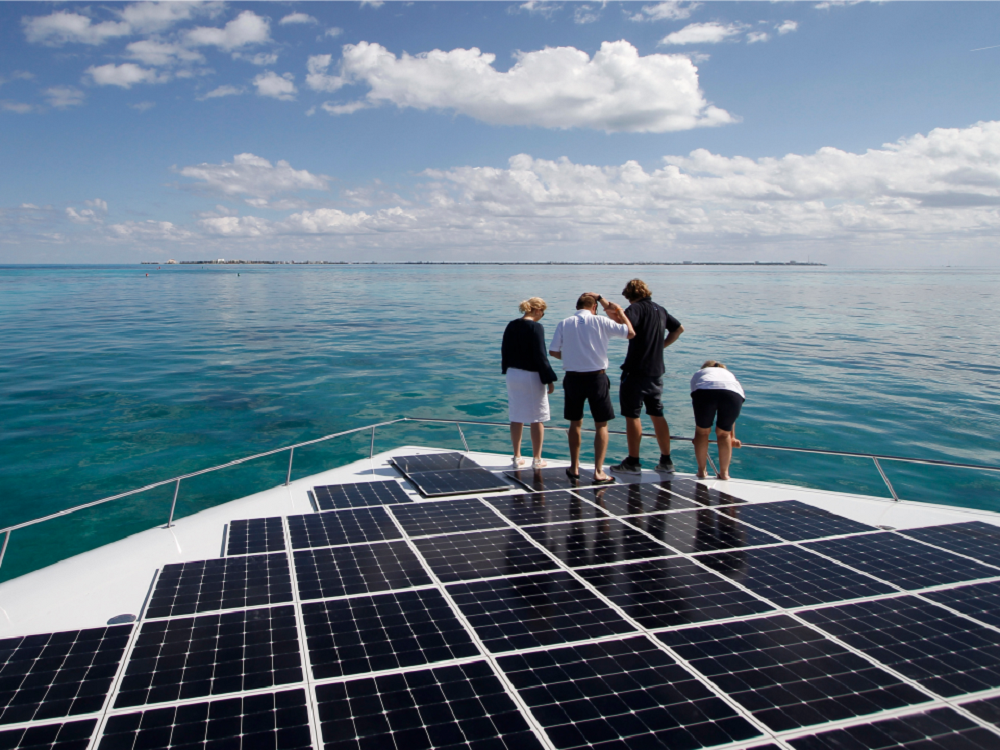 Southeast Asia to see 100-fold increase in floating solar PV plants: Rystad Energy
Southeast Asia to see 100-fold increase in floating solar PV plants: Rystad Energy
Development of floating solar photovoltaic (PV) power plants is expected to increase 100-fold in Southeast Asia over the next five to 15 years, according to energy research firm Rystad Energy.
The firm added that this will happen as countries in the region are looking to substantially increase their share of renewable energy in the power mix.
“Rystad Energy expects large-scale floating PV developments, typically installed on dams and reservoirs, to increase 100-fold in Southeast Asia over the next five to 15 years… This will open new market opportunities for both new and existing players in the industry,” the firm said in a press release.
Development plans are in the works in Thailand and Vietnam as large-scale floating PV installations, with smaller utility-scale floating PV developments being proposed in Indonesia, Singapore and Myanmar.
“Floating PV offers an attractive alternative for large and mega-scale ground-mounted utility solar development, allowing beneficiaries to take advantage of under-utilised dams and reservoirs,” says Minh Khoi Le, an analyst on Rystad Energy’s renewables team.
He added that they expect floating PV capacity to grow from current levels of 0.04 GW to 3 GW in the next 10 years.
Thailand is taking the lead in Southeast Asia in floating PV and currently has several developments in the pipeline, with the floating PV set-ups to be installed at nine different hydroelectric dams.
Vietnam currently has the largest operational floating PV plant in the region with 39 megawatt (MW) of capacity, commissioned in May 2019. More projects are in the works across the region, with proposals being tendered in Indonesia and Singapore.
“Currently-operating installations in the region are small, producing under 50 MW, making these planned floating PV setups even more impressive,” Minh added.
According to the research firm, floating PV plants are an advantageous option for land-scarce Southeast Asian countries to continue developing utility-scale solar power.
Mostly proposed on hydroelectric dams and reservoirs, these PV plants will be able to connect to the grid using the connection points already available at hydroelectric facilities, which can create possibilities for the hybridisation of power plants.